NASA Astronomy Picture of the Day 22 January 2023: Breathtaking aurora over Norway
NASA’s Astronomy Picture of the Day for 22 January, 2023 is a stunning view of aurora over Norway after a solar flare slammed into Erath.
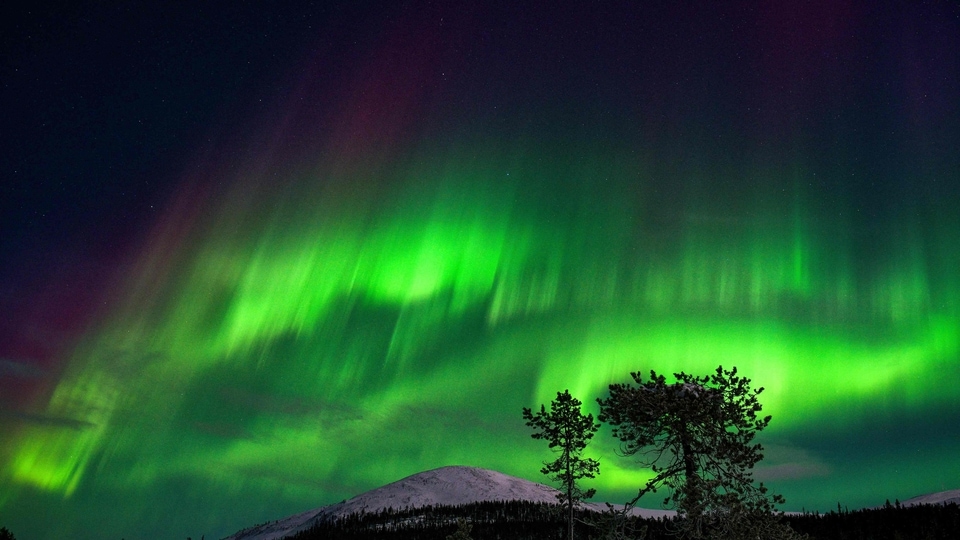
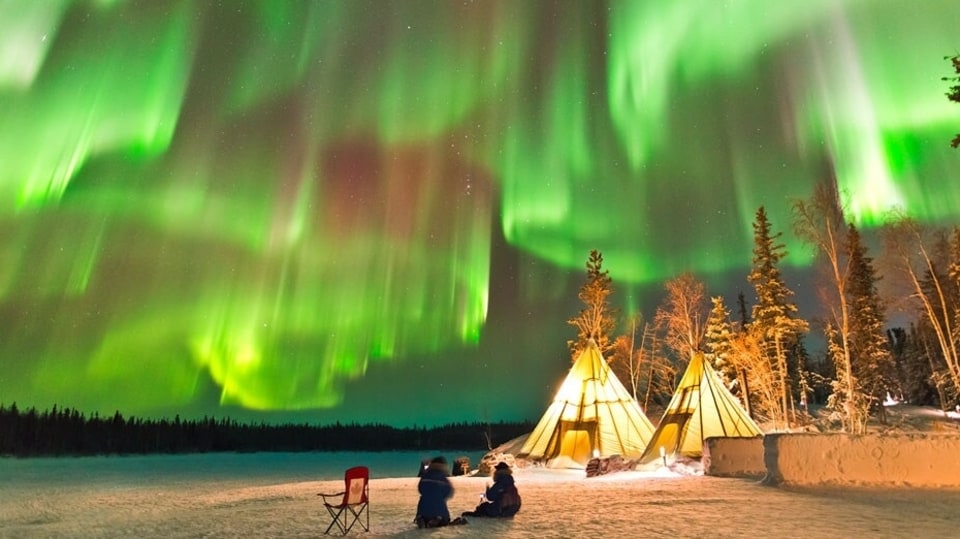

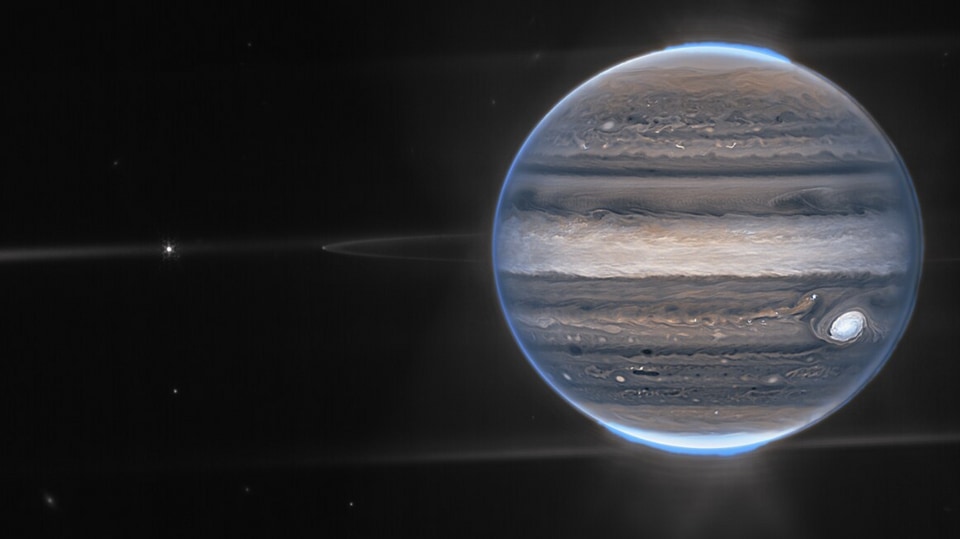
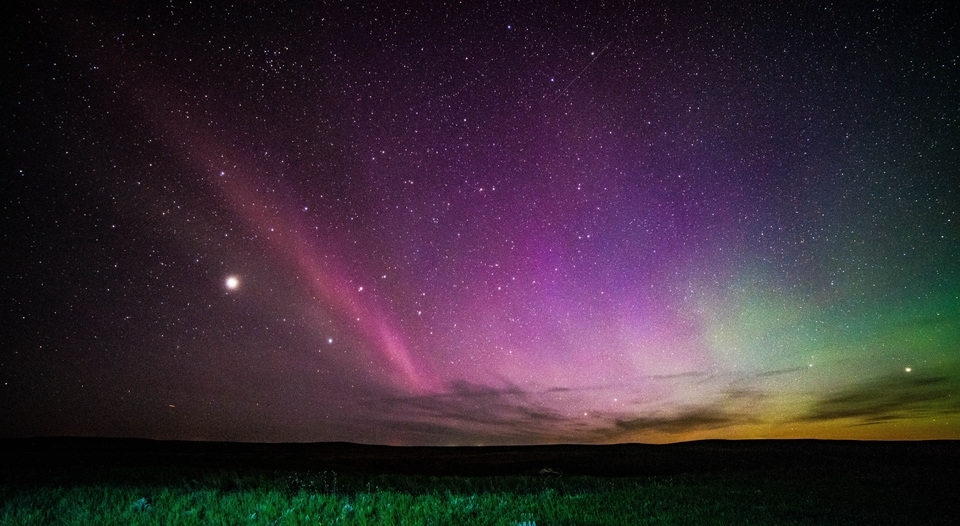
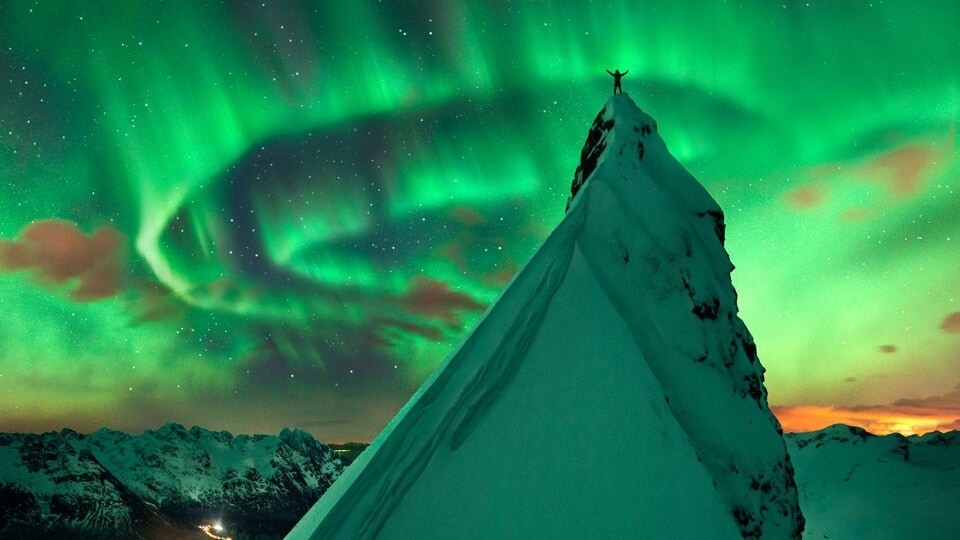
 View all Images
View all ImagesThe Sun just can't keep calm these days! The constant activity on the Sun is unleashing solar flares that are causing magnetic storms when they impact Earth. The most fascinating impact of these fierce solar flares are auroras! The Sun passed the solar minimum of its 11-year cycle only a few years ago, but the surface activity is picking up and already triggering more spectacular auroras here on Earth. However, this spectacular image shared by NASA as its Astronomy Picture of the Day for 22 January, is from 2014- it is of a breathtaking view of an aurora over Norway.
NASA explained it this way, “Raise your arms if you see an aurora. With those instructions, two nights went by with, well, clouds -- mostly. On the third night of returning to the same peaks, though, the sky not only cleared up but lit up with a spectacular auroral display.”
“Arms went high in the air, patience and experience paid off, and the creative featured image was captured as a composite from three separate exposures,” NASA added. The setting in image is set at a summit of the Austnesfjorden fjord on the Lofoten islands, northern Norway in early 2014. But how do these stunning auroras form on Earth?
How do auroras form?
Auroras are basically the fascinating lights in the sky, which is the aftermath of Geomagnetic storms. NASA explains that Auroras are created when charged particles from the Sun are trapped in Earth's magnetic environment.
The collision of charged particles can hit oxygen molecules which exhibit Green and red hues. While the other Blue and Purple colours are caused by nitrogen molecules colliding with charged particles.
Did you know?
You will be surprised to know that Auroras are not something that happens only on Earth! If a planet has an atmosphere and magnetic field, they probably have auroras. NASA has earlier shared some amazing images of auroras on Jupiter and Saturn.
Catch all the Latest Tech News, Mobile News, Laptop News, Gaming news, Wearables News , How To News, also keep up with us on Whatsapp channel,Twitter, Facebook, Google News, and Instagram. For our latest videos, subscribe to our YouTube channel.































